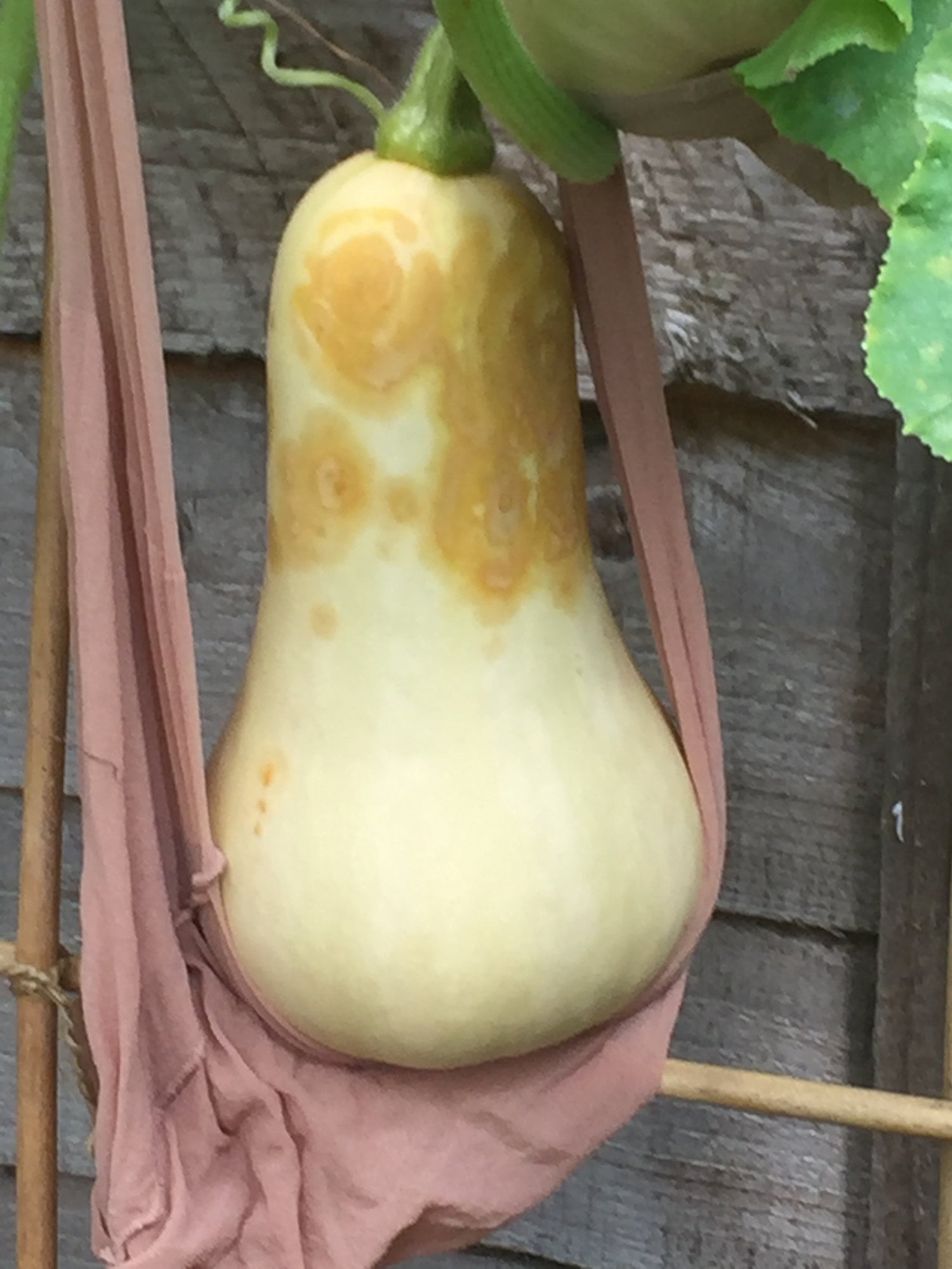Have you ever wondered why your delicious butternut squash suddenly starts turning yellow? It can be quite perplexing when you’ve been eagerly waiting for those vibrant orange hues to appear. However, fear not! In this article, we will uncover the reasons behind this mysterious phenomenon and provide you with some valuable insights on how to prevent it. So, sit back, relax, and let’s unravel the secret of why your beloved butternut squash is taking on an unexpected hue!
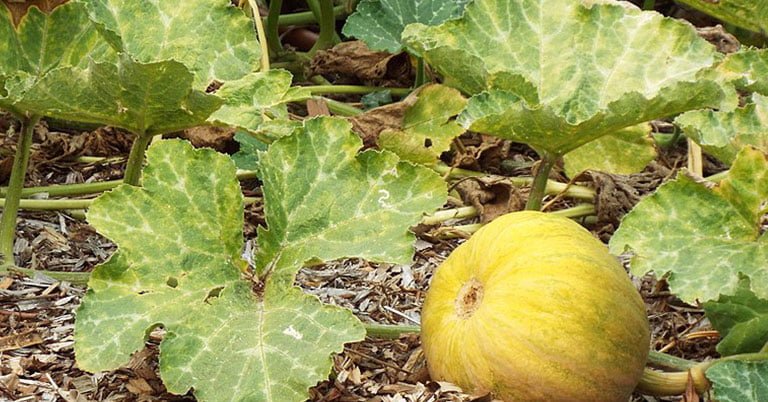
Disease and Pest Issues
Powdery Mildew
Powdery mildew is a common disease that can affect your butternut squash plants, causing the leaves to turn yellow. This fungal infection thrives in warm and humid conditions, particularly in overcrowded or poorly ventilated areas. The first signs of powdery mildew include a white or gray powdery coating on the leaves, which eventually leads to yellowing and wilting. To prevent this issue, make sure to properly space out your plants to allow for adequate airflow. Additionally, you can use fungicides specifically formulated to treat powdery mildew. Regularly monitoring your plants and promptly addressing any signs of infection is key to preventing the spread of this disease.
Bacterial Wilt
Bacterial wilt is another disease that can cause yellowing of your butternut squash plants. This bacterial infection is typically transmitted by cucumber beetles or infected water. The first symptoms of bacterial wilt include wilting and yellowing leaves, which may progress to the entire plant collapsing. Unfortunately, there is no cure for bacterial wilt once a plant is infected. The best approach is prevention, which involves practicing good garden hygiene by removing and destroying infected plants and controlling cucumber beetles through the use of insecticides or row covers.
Squash Vine Borer
The squash vine borer is a common pest that can cause yellowing of your butternut squash plants. The adult moths lay eggs on the base of the plant, and the hatched larvae burrow into the stems, causing damage and preventing the flow of water and nutrients. This ultimately leads to yellowing of the leaves and wilting. To prevent squash vine borer infestations, use row covers to protect your plants from adult moths. Additionally, regularly inspect your plants for any signs of egg masses or larvae and remove them to prevent further damage. In severe cases, you may need to resort to insecticides specifically targeting squash vine borers.
Aphid Infestation
Aphids are tiny insects that can infest your butternut squash plants and cause them to turn yellow. These pests feed on the sap of the plants, which can lead to stunted growth and yellowing leaves. Aphids are typically found on the undersides of leaves and can reproduce rapidly, quickly infesting your entire plant. To control aphid infestations, you can try using insecticidal soaps or neem oil, both of which are effective at eliminating these pests. Additionally, attracting beneficial insects like ladybugs and lacewings to your garden can help naturally control aphid populations.
Nutrient Deficiencies
Nitrogen Deficiency
A nitrogen deficiency in your butternut squash plants can result in yellowing of the leaves. Nitrogen is an essential nutrient for plant growth and development, and its deficiency can lead to a lack of chlorophyll production, causing the leaves to lose their green color. To address nitrogen deficiencies, you can apply nitrogen-rich fertilizers such as blood meal or composted manure. Additionally, incorporating nitrogen-fixing plants into your garden rotation can help replenish nitrogen levels in the soil.
Iron Deficiency
Iron deficiency is another nutrient issue that can cause yellowing of the leaves in your butternut squash plants. Iron is necessary for chlorophyll synthesis, and its deficiency can result in the leaves turning yellow while the veins remain green. This condition is often referred to as “chlorosis.” To combat iron deficiencies, you can apply iron chelate or iron sulfate to the soil. Additionally, adjusting the soil pH to a slightly acidic level can enhance iron availability for the plant.
Manganese Deficiency
Manganese deficiency can also contribute to the yellowing of your butternut squash plant’s leaves. Manganese plays a vital role in photosynthesis and enzyme activity, and its deficiency can inhibit these processes, leading to yellowing and stunted growth. Applying manganese sulfate or foliar spraying with a manganese solution can help address this deficiency. It’s important to note that excessive soil pH or the presence of excessive iron or magnesium can also affect manganese uptake, so maintaining balanced nutrient levels in the soil is crucial.
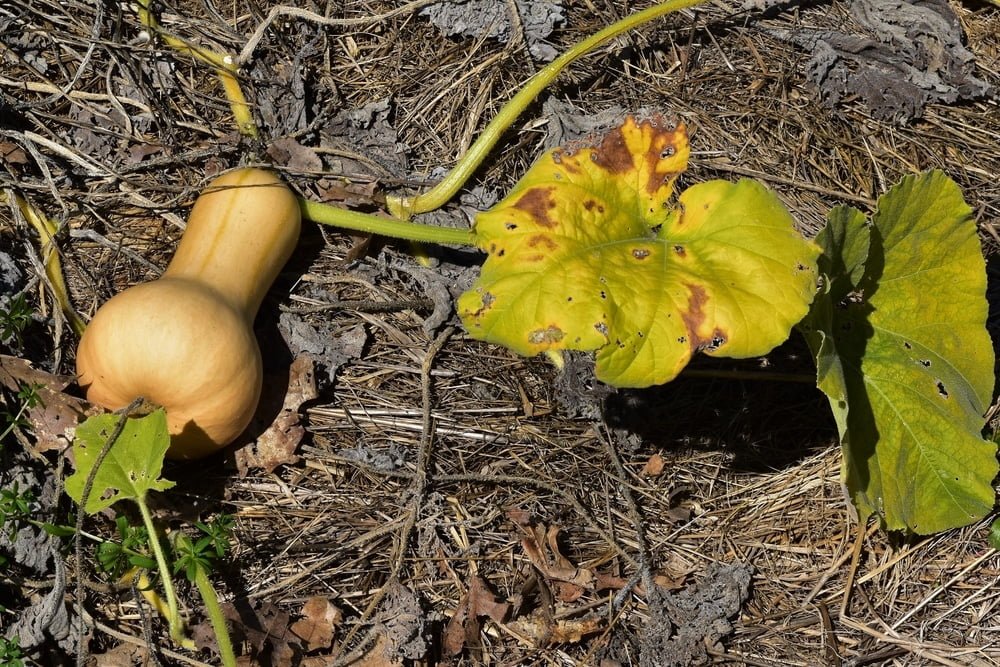
Environmental Factors
Improper Watering
Improper watering practices can cause your butternut squash plants to turn yellow. Overwatering can lead to waterlogged soil, preventing oxygen from reaching the plant’s roots. This lack of oxygen can result in root rot and yellowing leaves. On the other hand, underwatering can cause stress to the plants, leading to yellowing and wilting leaves. It is important to provide your butternut squash plants with consistent moisture levels by watering deeply and allowing the soil to dry slightly before watering again. Using mulch around the plants can help retain moisture and prevent excessive evaporation.
Extreme Temperatures
Extreme temperatures can also play a role in causing yellowing of your butternut squash plants. High temperatures can increase evaporation and transpiration rates, leading to water stress and yellowing of the leaves. Similarly, excessive cold temperatures can impede the plant’s ability to take up nutrients, resulting in yellowing and poor growth. To mitigate these effects, providing shade during hot days or covering the plants during cold snaps can help maintain more favorable temperature conditions for your butternut squash plants.
Sunscald
Sunscald is a condition that occurs when the leaves of your butternut squash plants are exposed to intense sunlight, resulting in yellowing and browning of the affected areas. This is more commonly seen in fruits and can cause them to become discolored and develop sunken or leathery patches. To prevent sunscald, you can provide shade to your plants using shade cloth or by strategically planting taller companion plants to provide natural shade. Regularly inspecting your plants and harvesting any ripe fruits promptly can also help prevent sunscald.
Poor Soil Conditions
Poor soil conditions can contribute to the yellowing of your butternut squash plants. Soil that is lacking in essential nutrients or has a pH imbalance can affect the plant’s ability to uptake nutrients, leading to nutrient deficiencies and subsequent yellowing of the leaves. Before planting, it is important to amend the soil with organic matter such as compost or well-rotted manure to improve its fertility. Conducting soil tests and adjusting pH levels accordingly can also help create optimal growing conditions for your butternut squash plants.
Harvesting Issues
Overripeness
Allowing your butternut squash to become overripe can cause the fruit to turn yellow. As the squash matures and ripens, the outer skin changes color from green to a deep tan or orange, indicating that it is ready for harvest. If left on the vine for too long, the squash can become overripe, leading to a yellowing of the flesh and a decline in flavor and texture. To prevent overripeness, regularly inspect your plants and harvest the squash when they have reached their mature color but are still firm and solid.
Improper Harvesting
Improper harvesting techniques can also lead to yellowing of your butternut squash. When harvesting, it is important to use a sharp knife or pair of pruning shears to cut the fruit from the vine, leaving a short stem intact. Pulling or twisting the fruit can damage the vine and result in yellowing of the attached leaves. Additionally, handle the harvested squash with care to avoid causing any bruises or wounds that can lead to rotting or accelerated yellowing.
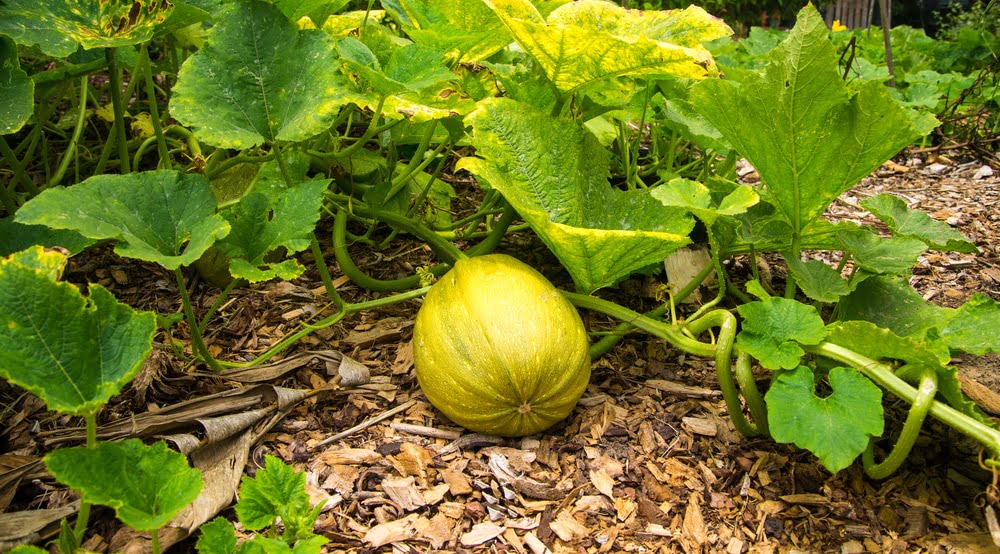
Stress Factors
Drought Stress
Drought stress is a significant factor that can cause your butternut squash plants to turn yellow. When the plants do not receive sufficient water, they can become stressed and start showing signs of yellowing and wilting. To ensure adequate hydration, water your plants deeply and regularly, especially during hot and dry periods. Using mulch around the plants can help conserve moisture and reduce water evaporation from the soil.
Transplant Shock
Transplant shock is another stress factor that can lead to yellowing of your butternut squash plants. When plants are moved from a pot or seedling tray into the garden, they can experience shock due to the change in environment and disruption of their roots. This can result in yellowing and wilting leaves. To minimize transplant shock, handle the plants with care during the transplantation process, ensuring that the roots remain intact. Watering the plants immediately after transplantation and providing some shade or protection from direct sunlight for a few days can also help them recover more effectively.
Heavy Fruit Load
A heavy fruit load can cause stress to your butternut squash plants, leading to yellowing foliage. When the plants produce an excessive number of fruits, they may struggle to allocate sufficient energy and nutrients to support the growth of all the fruits and maintain healthy foliage. This can result in yellowing and wilting of the leaves. To prevent this issue, thinning the fruits by removing some of them from the vines can help reduce the stress on the plants and promote healthier foliage and fruit development.
Fungal Diseases
Anthracnose
Anthracnose is a fungal disease that can affect your butternut squash plants and cause yellowing of the leaves. It typically appears as small, circular, water-soaked lesions on the leaves, which eventually enlarge and develop a tan or brown color surrounded by a yellow halo. The disease thrives in warm and humid conditions, spreading through splashing water or wind-blown rain. To prevent anthracnose, avoid overhead watering and practice good garden hygiene by removing and destroying infected plant material. Fungicides specifically formulated to control anthracnose can also be used as a preventive measure.
Fusarium Wilt
Fusarium wilt is a fungal disease that can cause yellowing and wilting of your butternut squash plants. It is characterized by the yellowing and withering of one side of the plant, often starting from the lower leaves and progressing upwards. The disease is soil-borne and can survive for long periods in the soil. To prevent fusarium wilt, rotate your crops yearly, avoiding planting squash in the same area for multiple seasons. Additionally, selecting resistant or tolerant varieties can help minimize the risk of infection.
Phytophthora Blight
Phytophthora blight is a fungal disease that can lead to yellowing of your butternut squash plants. It commonly affects the fruits, causing dark spots or lesions that eventually lead to rotting. The disease spreads through water, soil, or contaminated equipment. To prevent Phytophthora blight, ensure good drainage in your garden and avoid overwatering. Applying fungicides labeled for controlling Phytophthora blight can also help manage the disease. Promptly removing and destroying infected plant material can prevent further spread.
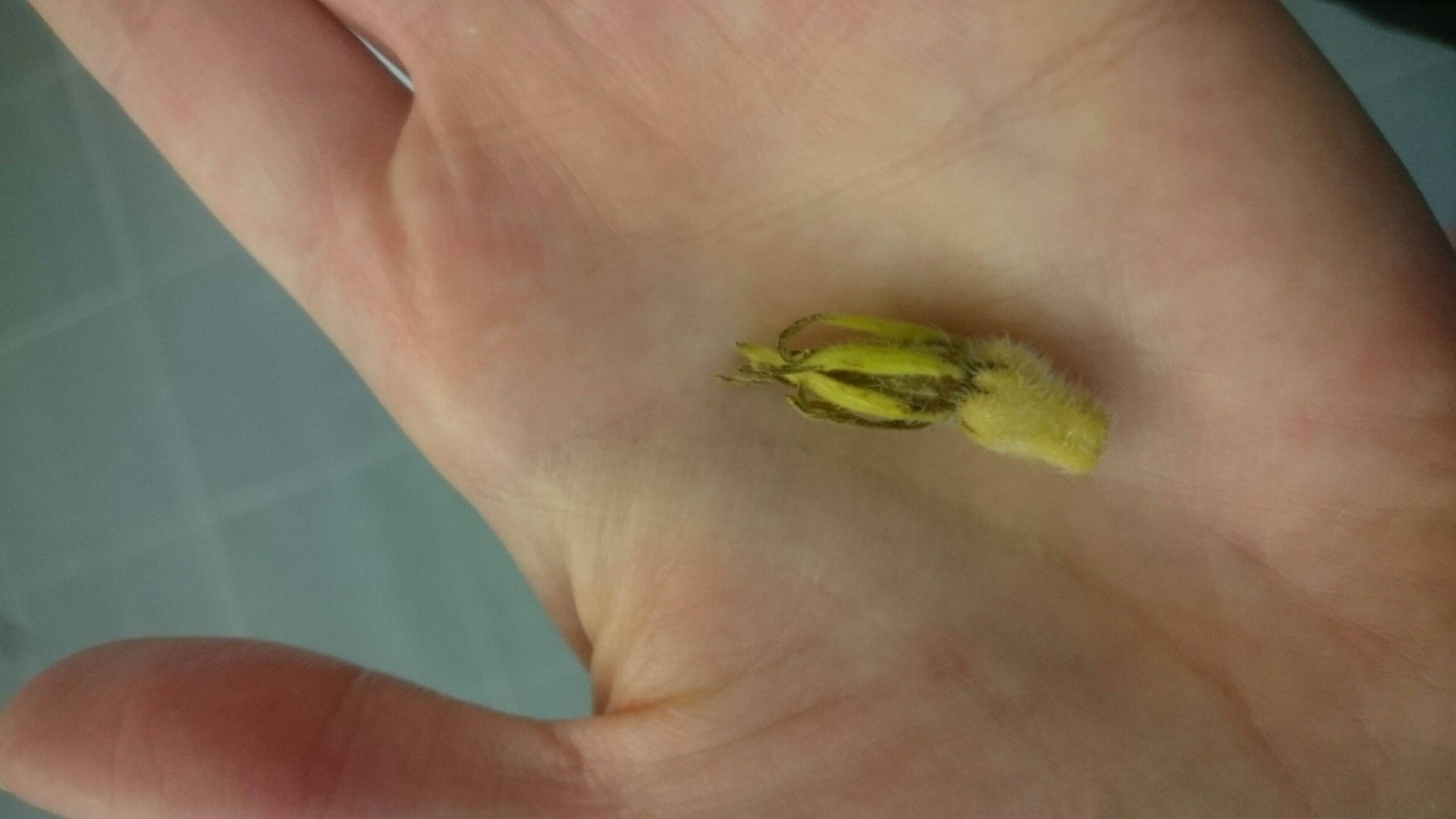
Viral Diseases
Cucumber Mosaic Virus
The cucumber mosaic virus is a common viral disease that can cause yellowing of your butternut squash plants. The virus is typically transmitted through infected plant debris, insects, or contaminated gardening tools. Symptoms include mosaic patterns on the leaves, yellowing, and stunted growth. To prevent cucumber mosaic virus, practice good garden hygiene by removing and destroying infected plants and controlling insect vectors through the use of insecticides or row covers.
Squash Mosaic Virus
The squash mosaic virus is another viral disease that can lead to the yellowing of your butternut squash plants. It is commonly transmitted through aphids or infected plant debris. Infected plants may exhibit mosaic patterns on the leaves, yellowing, and poor growth. Implementing measures to control aphid infestations, such as using insecticidal soaps or attracting beneficial insects, can help minimize the spread of the squash mosaic virus. Removing and destroying infected plants can also play a crucial role in preventing further contamination.
Poor Pollination
Lack of Pollinators
A lack of pollinators can result in the yellowing of your butternut squash plants. Butternut squash plants rely on pollinators, such as bees, to transfer pollen between male and female flowers to facilitate fruit development. If there is a lack of pollinators in your garden, the female flowers may not get pollinated, leading to their eventual yellowing and drop. To attract pollinators to your garden, consider planting flowers that are known to attract bees and other beneficial insects. Providing a diverse range of flowering plants can ensure a consistent supply of pollinators to support the butternut squash pollination process.
Male Flower Imbalance
An imbalance in the production of male and female flowers can also contribute to the yellowing of your butternut squash plants. Male flowers tend to appear earlier and in greater numbers than female flowers, leading to inadequate pollination. This imbalance can result in the yellowing of the female flowers, which will eventually drop from the plant. Environmental factors such as temperature extremes or poor soil conditions can affect flower production. To promote a better balance, avoid excessive nitrogen fertilization, as it can promote vegetative growth at the expense of flower production. Additionally, providing consistent moisture and ideal growing conditions can help ensure a healthy production of both male and female flowers.
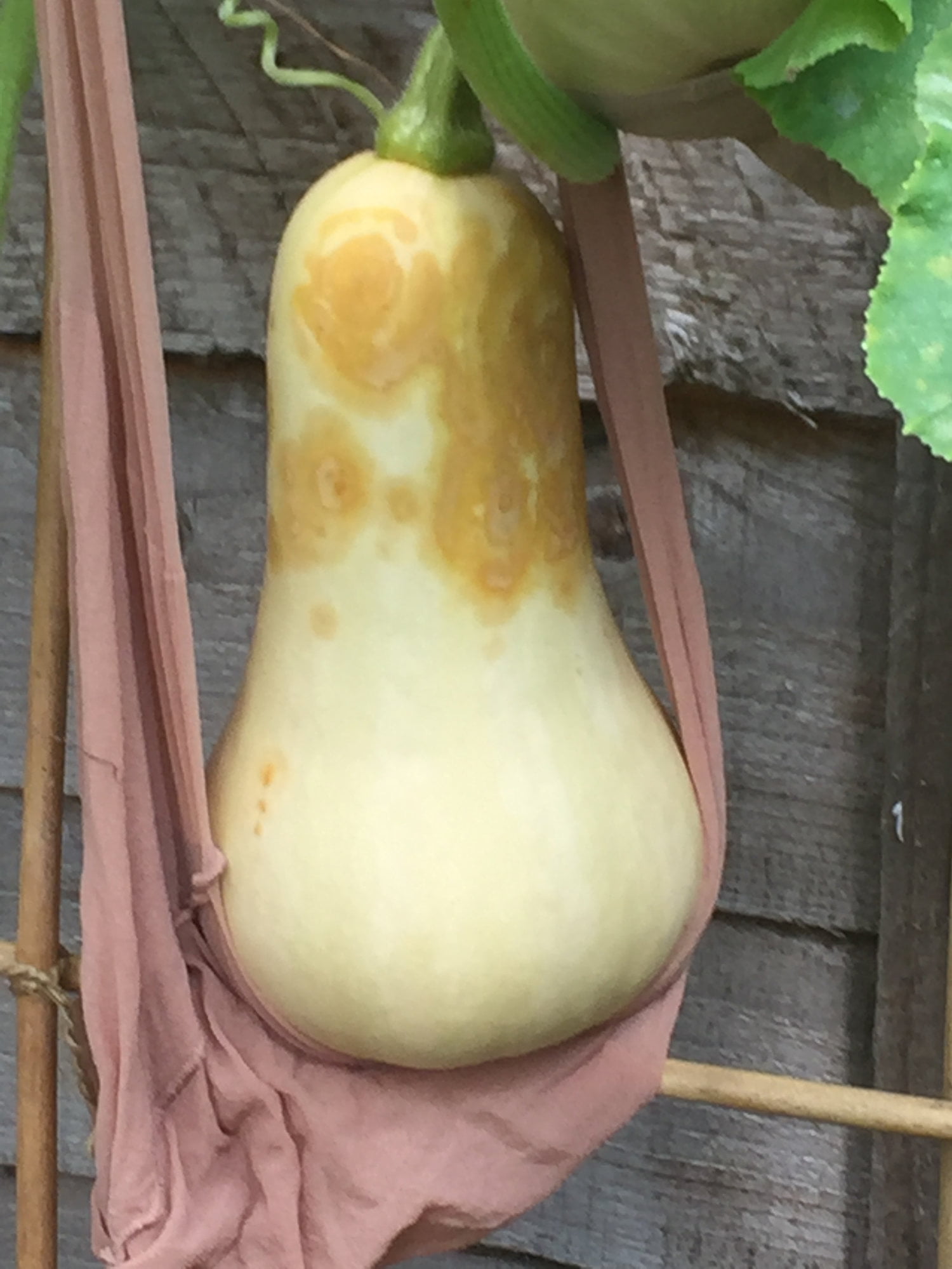
Genetic Factors
Varietal Traits
Genetic factors can play a role in the yellowing of your butternut squash plants. Different squash varieties have varying characteristics, including their susceptibility to diseases, nutrient requirements, and overall health. Some varieties may be more prone to yellowing due to specific genetic traits or weaknesses. When selecting butternut squash varieties, it can be beneficial to choose those that are known for their vigorous growth, disease resistance, and adaptability to your specific growing conditions. Choosing varieties with a track record of healthy foliage and robust fruit production can help mitigate the risk of yellowing issues.
Seed Quality
The quality of the seeds you use can also impact the health of your butternut squash plants. Poor-quality seeds that are not viable or have been compromised by disease or improper storage may result in weak or yellowing plants. It is important to source seeds from reputable suppliers and ensure that they are fresh, disease-free, and stored properly. Additionally, following proper seed starting and germination practices, such as providing optimal temperature and moisture conditions, can enhance the chances of healthy seedling development and subsequent plant vigor.
Pesticide Application
Chemical Sprays
Improper or excessive application of chemical sprays can lead to the yellowing of your butternut squash plants. Some pesticides, especially when used inappropriately, can cause phytotoxicity and damage the plant’s foliage, resulting in yellowing and wilting. To prevent this issue, it is crucial to carefully read and follow the instructions provided by the pesticide manufacturer. Avoid overusing pesticides and apply them only when necessary and during the recommended period. Additionally, consider alternative pest control methods, such as integrated pest management practices, to minimize the reliance on chemical sprays.
Herbicide Drift
Herbicide drift can also be a cause of yellowing in your butternut squash plants. Herbicides sprayed in nearby areas can unintentionally drift onto your plants, leading to phytotoxicity and yellowing of the leaves. To prevent herbicide drift, it is essential to communicate with neighboring gardeners or farmers about your crops and their spraying schedules. Erecting physical barriers or using windbreaks can also help reduce the risk of drift. If herbicide damage occurs, it is important to remove and destroy the affected plants, as they may not recover fully.
In conclusion, several factors can contribute to the yellowing of butternut squash plants. These include disease and pest issues, nutrient deficiencies, environmental factors, harvesting issues, stress factors, fungal and viral diseases, poor pollination, genetic factors, and pesticide application. By understanding and addressing these factors, you can take proactive measures to ensure the health and productivity of your butternut squash plants. Monitoring your plants closely, practicing good garden hygiene, and providing appropriate care and nutrition will go a long way in maintaining vibrant and productive butternut squash plants.
